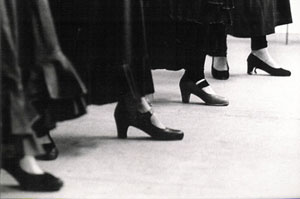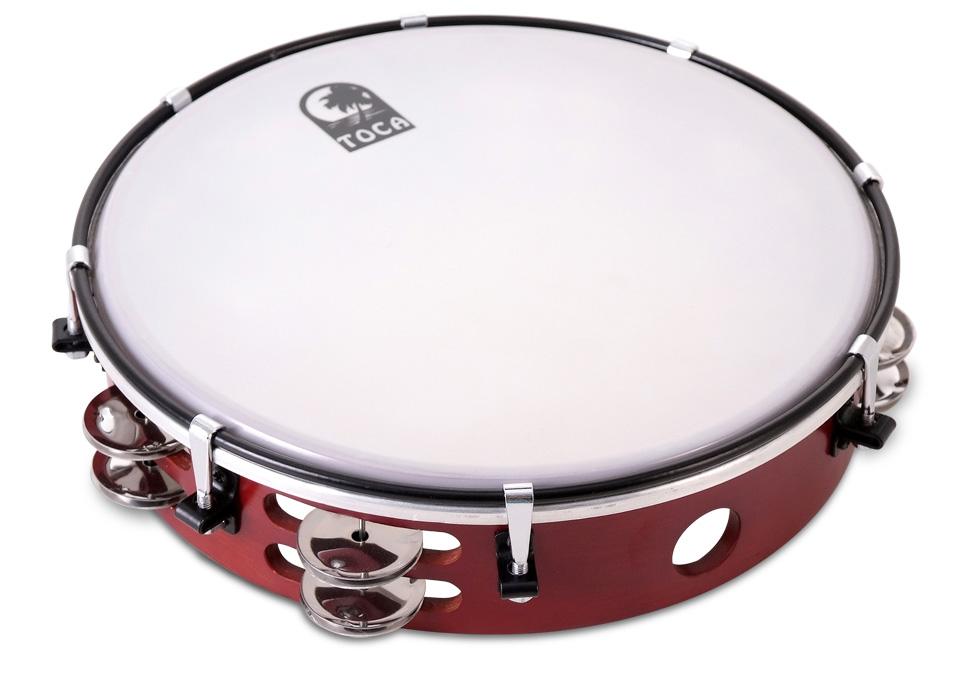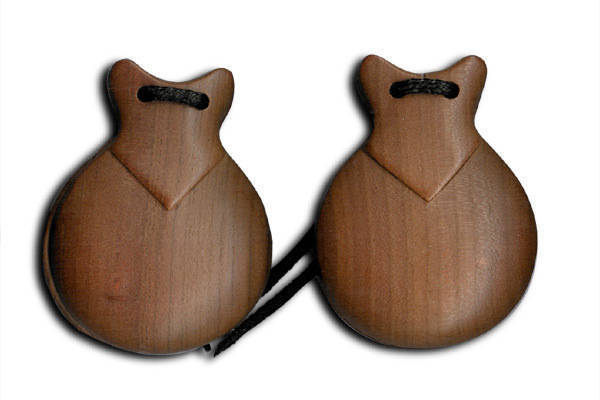 | |
| Flamenco Dance |
Flamenco traditional dance in spain
Flamenco traditional dance - One example of Spanish culture that gained so much influence is the Flamenco dance. Flamenco dance today regarded as one of the Spanish culture in general. However, the actual Flamenco dance is one of the traditional social dances came from Andalusia, which is located in the southern region. The roots of Flamenco dance derived from the culture of Andalusian Gypsies Persian and Islamic culture. With the development of this dance in the other regions, the local music tradition influence, such as elements of traditional music Castilian. This diversity makes a dance with a Flamenco dance music genre strong, rhythmic, powerful, graceful and beautiful.
Many details of the history of flamenco is lost in the history of Spain. This is due partly because flamenco emerged from grassroots social groups that lack the prestige of the middle and upper circles of society. In addition, music and flamenco dance handed down from generation to generation through appearances in social and community events are not recorded in the literature.
During the 18th century, developing 'flamenco fiesta'. In this party, dance and music performances could flamenco for several days. Here created sets of music and social rules that form the basis of flamenco.
In the 19th century, flamenco began to spread out from the region of Andalusia and started to split into several styles. And develops a fever 'cafe-cantante', where flamenco performances exhibited in the local cafes. Flamenco dancers even become one of the main attraction of the public.
Gradually, flamenco and its association with Gypsies became popular throughout Europe. Make a trip to Spain that seemed not 'perfect' if you do not watch a flamenco dance. Since then, Spain generally associated with flamenco.
Since 1956 until now, emerging trends Flamenca opera, where music and dance flamenco seen as opera performances, which gradually deployed in large buildings such as theaters and the bullring.
instrument
Traditional Flamenco usually just singing without musical instruments (called cante). During its development, the singing is accompanied by:
Many details of the history of flamenco is lost in the history of Spain. This is due partly because flamenco emerged from grassroots social groups that lack the prestige of the middle and upper circles of society. In addition, music and flamenco dance handed down from generation to generation through appearances in social and community events are not recorded in the literature.
During the 18th century, developing 'flamenco fiesta'. In this party, dance and music performances could flamenco for several days. Here created sets of music and social rules that form the basis of flamenco.
In the 19th century, flamenco began to spread out from the region of Andalusia and started to split into several styles. And develops a fever 'cafe-cantante', where flamenco performances exhibited in the local cafes. Flamenco dancers even become one of the main attraction of the public.
Gradually, flamenco and its association with Gypsies became popular throughout Europe. Make a trip to Spain that seemed not 'perfect' if you do not watch a flamenco dance. Since then, Spain generally associated with flamenco.
Since 1956 until now, emerging trends Flamenca opera, where music and dance flamenco seen as opera performances, which gradually deployed in large buildings such as theaters and the bullring.
instrument
Traditional Flamenco usually just singing without musical instruments (called cante). During its development, the singing is accompanied by:
 |
| Flamenco guitar (toque) |
- Clapping hands rhythmic (palmas)
 | |
| palmas |
- Rhythmic stomping (Zapateado)
 |
| Zapateado |
- Dance (baile)
 |
| Dance (baile) |
- Bandurria and tambourine
  |
| Bandurria Tambourine |
- Castanet
 |
| Castanet |
See Videos Flamenco Traditional Dance in Spain
Tag :
Spain,
Traditional Dances

0 Komentar untuk "Flamenco traditional dance in spain"